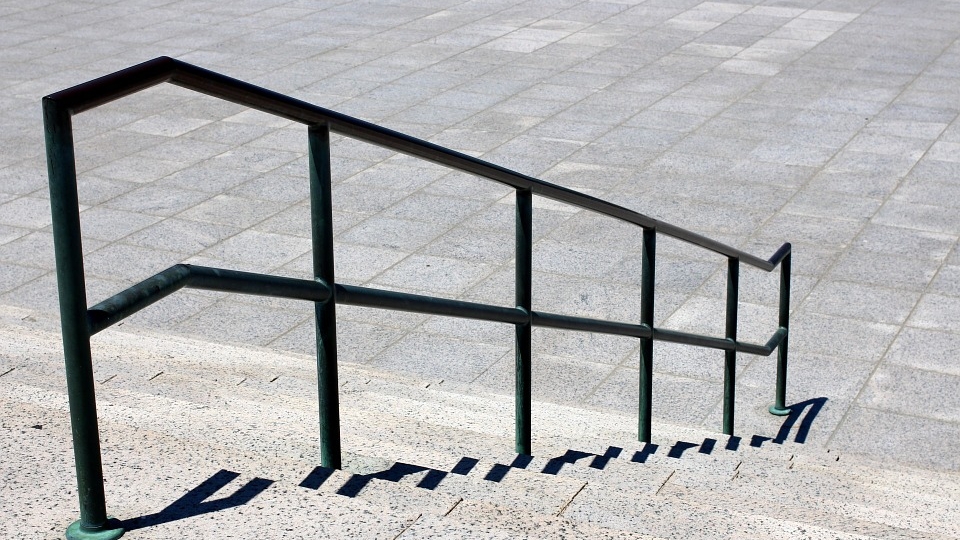7 Tips on How to Work More Effectively on Revit
1. Work in a 3D Window
Revit is primarily a three-dimensional construction model. Just believe me, seeing your 3D model grow is amazing.
While trying to understand what you see on the screen using your plans and sections, you might waste a lot of your time. Just open 3D view and work with it. You will enhance the effectiveness of your work substantially. You can also use the standard equidimensional view or click the hot buttons WT (Window Tile) to arrange open views.
2. Don’t Go Back to AutoCAD
Seriously. Do you want to learn how to work on Revit? Then you can do all your 2D work on Revit. Revit will score 100 points more in every aspect of your project development. Just learn how to use the following tools: detail component and repeating detail component. In due course you will have acquired a huge base of 2D elements.
3. Learn the Most Used Commands / Shortcuts
The list is as follows:
Annotation Tab:
TG: Tag by Category
TX: Text
DI: Aligned Dimension
DL: Detail Line
RT: Room Tag
EL: Spot Elevation
Working with Models:
WA: wall
DR: door
RM: Room
LI: Model line
Change Tab:
AL: Align
CS: Create Similar
MA: Match Type Properties
MV: Move
MM: Mirror
OF: Offset
TR: Trim
RO: Rotate
WT: Window Tile
TL: Thin Lines
Most of the useful tools on Revit don’t have shortcuts or hot buttons. You can press KS and add your own hot buttons or shortcuts.
4. Don’t Overuse 2D Elements
Perhaps, completing your 3D model by means of masking regions and 3D lines makes sense in a small project. However, bold 3D models will make it difficult to work with big projects. It is advisable to use 2D models while modelling to show conventional signs of elements in different views in the family creation process. When you work with the whole model, it would be better if you spent some time creating a detailed 3D model. It will most certainly pay off in the long run.
5. Create Templates From Current View
Don’t waste too much time on creating different view presentations. You just need to set your presentation view once, then you will have to make it a view template. Below you can find the instructions for creating façade view template.
First, you set the presentation view in the right way, then you create a view template based on the current presentation view.
Afterwards, you need to assign this view template for other facades in a View tab.
You can also set View templates automatically for every new façade.
6. Pin the Elements
Aspiring Revit users always move or delete elements accidentally. Constantly moving levels and central line make it unbearable to develop your project. Pin your elements using a shortcut (PN). Now, you need to unpin your element and then move or delete it.
7. Open Your Assist Panel
Revit uses the BIM technology on a large scale. All system elements and libraries have a variety of parameters, they are filled with different information, sorted in myriad group parameters. If you are going to constantly scroll the Properties window in search for the relevant parameter, you are going to waste a lot of time. The same principle applies to project browser. If you work on a big project, it might be a challenge to find the necessary view. Just open your assist panel full-screen and you will have all the information right in front of you.
Author Bio: Chris Alby has been working in Autodesk Revit since 2010 and is currently employed as a Senior Architect. You can visit his blog here: https://measuredsurvey365.co.uk/
cover image © pexels








